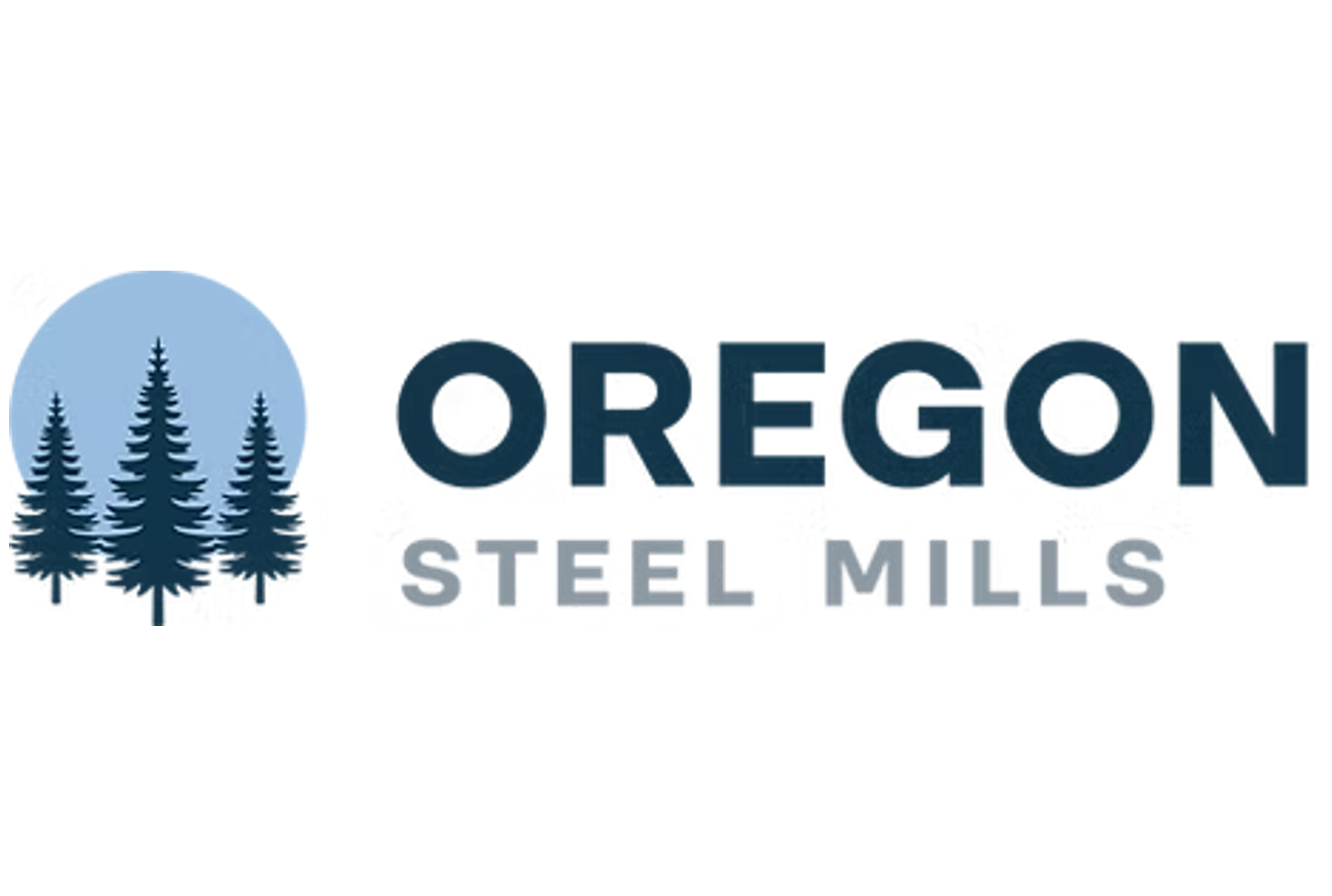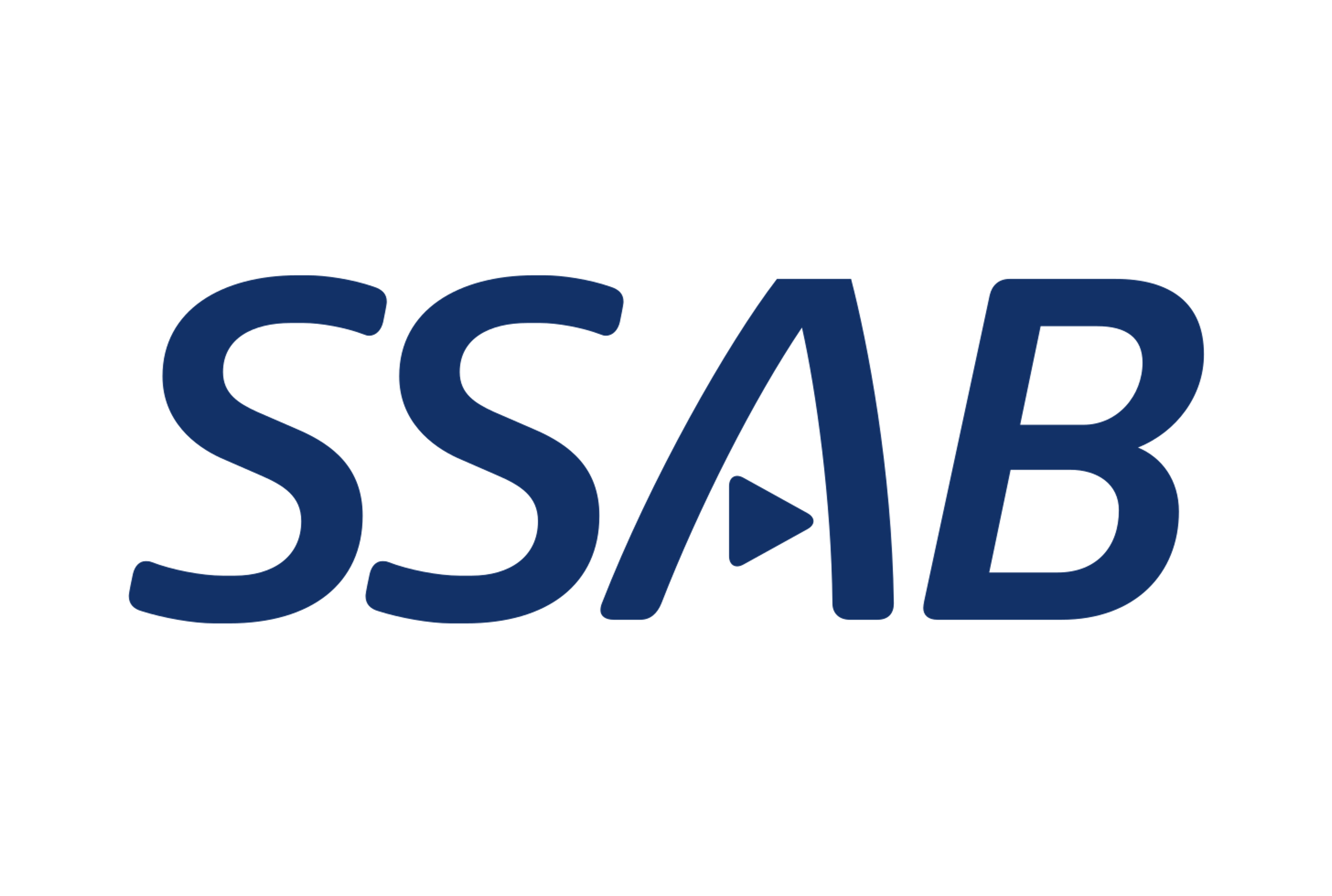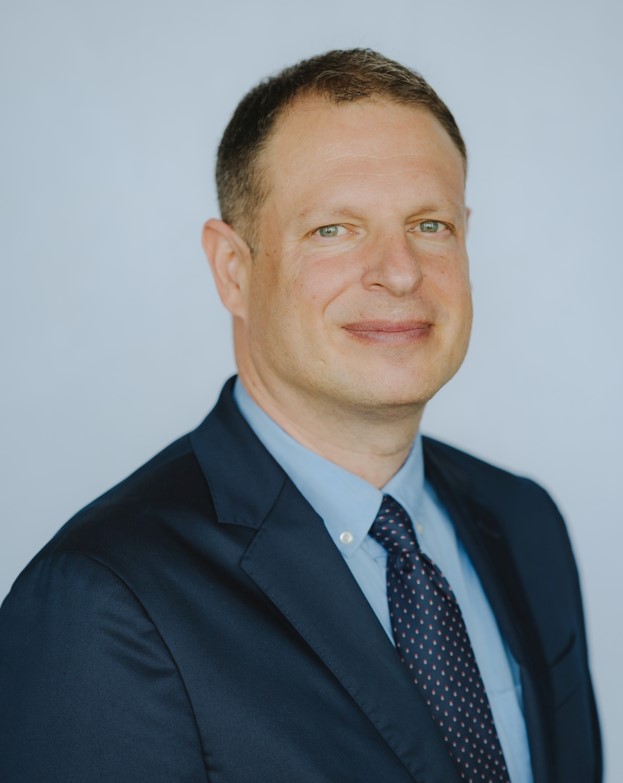Analysis
October 20, 2024
Final Thoughts
Written by Ethan Bernard
When a mapmaker constructs a map, it’s always to the contours of the land. Or sea. The mapmaker doesn’t say, “Look, these rocks really don’t belong here, so I’m not going to include them in the harbor map.”
Uncharted rocks, sink ships (along with loose lips). Maybe this is an obvious truth. But I feel a lot of time is spent looking for top-down, all-encompassing solutions. From issues as disparate as electric vehicles, decarbonization, or strengthening the grid, it seems some grand path is right around the corner that announces the future. Sometimes it’s the other way around, though. Navigating around an obstacle leads to an unexpected solution.
Last month I was in Stockholm, Sweden for the 2024 CRU Steel Decarbonisation Summit. I got to rub elbows with a lot of CRU folks I otherwise wouldn’t see siloed here in Austin, Texas. (I wrote about it here.)
One of those was Paul Butterworth, research manager at CRU Sustainability, a team formed in 2021. He gave a presentation titled “Energy Transition Session—Powering Transition: Energy, Technology, Infrastructure.” I was able to have a far-reaching conversation with him afterward, but one of his insights regarding the Carbon Border Adjustment Mechanism (CBAM) really struck me.
As we know, CBAM is one of the main sticking points to The Global Arrangement on Sustainable Steel and Aluminum between the US and EU. And although the can has been kicked on negotiations, there does not seem to be much daylight on this issue. For the US it’s a non-starter. For the Europeans it goes into effect next year.
When I asked him what he thought a compromise would look like, his response was, “Well, does, does there have to be a solution?”
While his further response will be explored in an upcoming article, the answer really woke me up.
The road to 2050 is not going to be a straight line. New technologies will emerge. Perhaps different climate roadmaps as well. I feel an advantage the American steel industry has is the ability to be nimble, and change quickly in response to the market if so required. The overarching solutions may in fact change based on small-scale initiatives taken by individual companies.
Likewise, challenges in global trade (such as in the USMCA at the moment), could lead to unique reorganizations in trading blocs. It remains to be seen.
Sometimes the lack of a solution can lead to something to else entirely. In this era of wait and see before the election, perhaps trusting the process, and knowing that something larger can grow organically from something small – rather than be arrived at by committee – can give some peace. Or relieve a little bit of stress. Ah, who am I kidding? Just crank up the Fox, the CNN, the MSNBC (whatever your poison), and enjoy the show.







